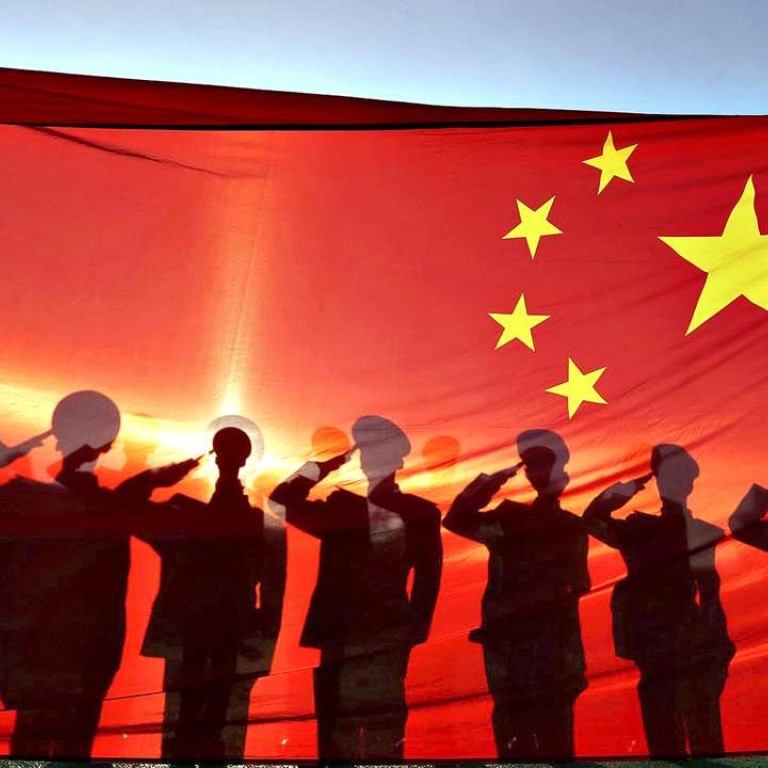
Flag flub could have been avoided, if Mao had been given his way at country’s birth
Late leader preferred a simpler design with only one star
Here’s a fun fact about the furore over the faulty national flags raised at the Rio Olympics Games: Had late leader Mao Zedong insisted on adopting his preferred design for the flag, the mistake with the wrongly aligned stars would not have occurred.
The five-star red flag, designed by Shanghai resident Zeng Liansong, almost did not make it into the pool of finalists for the national flag and certainly was not Mao’s first choice.
Following the Communist Party’s victory in the civil war, a preparatory committee of the New Political Consultative Conference decided to call for nation-wide design submissions for a new national flag, in preparation for the founding of the People’s Republic of China.
Some 3,000 drafts were received in a month’s time. These included a design with a large yellow star in the upper left corner, above a yellow horizontal stripe on a red background. It was preferred by many people, including Mao.
The star was meant to represent the party’s leadership, while the stripe stood for the Yellow River, known as the cradle of Chinese civilization.

Other popular candidates included two variations of the Yellow River design, which had one or two additional stripes beneath the star, standing for the Yangtze and Pearl rivers.
But Mao’s preferred Yellow River design was strongly opposed by Zhang Zhizhong, a prominent Nationalist general who had chosen to stay on the mainland and join the communists.
“I oppose the Yellow River pattern,” Zhang was quoted as telling Mao nervously at a banquet, according to an article about the history of the flag on the party’s official news website. “The red national flag represents the nation and the revolution. With the stripe in the middle, doesn’t it suggest splitting the country and the revolution?”
“Meanwhile, using a horizontal stripe to represent the Yellow River is unscientific,” Zhang added.
Zeng’s design, featuring a large star with a hammer and sickle inside, surrounded by four smaller stars, was nearly not in the pool of 38 finalists. It made it on the list due to a recommendation from Tian Han, an eminent playwright and poet who wrote the lyrics for China’s national anthem.
Tian also left out the hammer and sickle inside the large star in Zeng’s design, which was criticised by many for its resemblance to the flag of the Soviet Union.
While Zhang voiced his opposition to the Yellow River design to Mao, Zeng’s flag was recommended to former premier Zhou Enlai. He liked the design and its symbolic representation of the four social classes united alongside the party.
Mao was persuaded to adopt Zeng’s design in the end, and voiced his approval of it at a final meeting a week before the founding of the nation.

